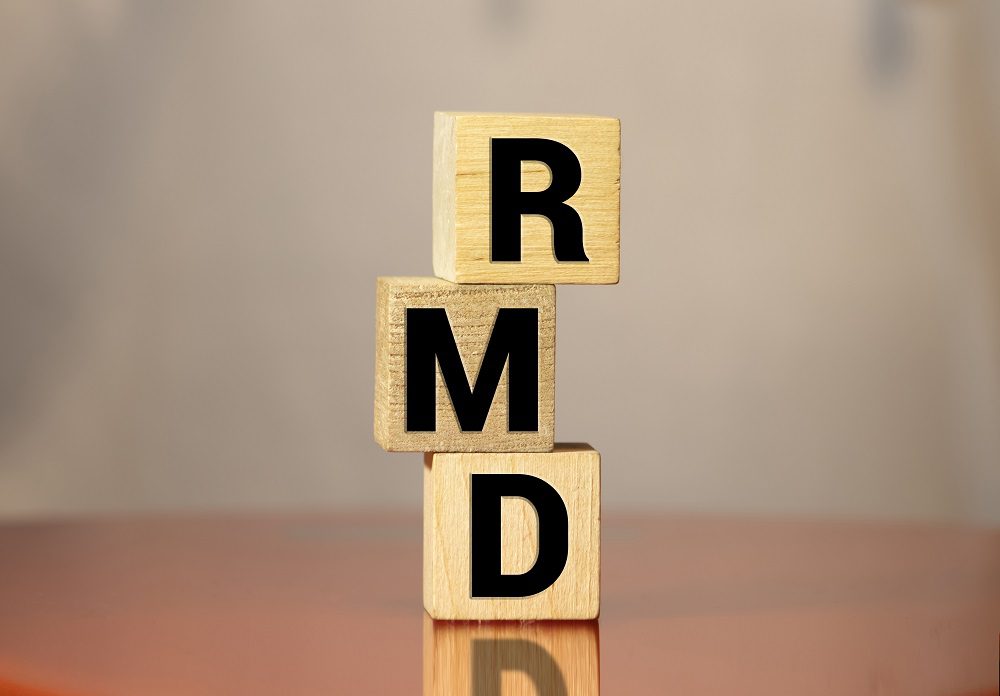The bear market is a double dose of bad news for many retirees. Not only has the value of their portfolios plunged, but once they hit age 72, they must start tapping tax-deferred accounts even if they don’t need the cash for expenses. Moreover, the total amount of the required minimum distribution (RMD) from a retiree’s IRAs and 401(k)s already is determined, depending on the balance of his/her overall portfolio at the end of last year. Example: A retiree turning 72 this year with an IRA balance of $100,000 last December 31 has an RMD of $3,650, or about 3.65%, for 2022, according to the IRS. But if that portfolio’s value this year has dropped to $80,000, that RMD would be the equivalent of having to withdraw 4.5%. That affects long-term wealth and security because investments sold now never have a chance to recover in value. Strategies to minimize the pain of taking RMDs…
Withdraw your total RMD in equal amounts over a series of months. That way you don’t have to figure out whether to take a lump sum now or wait until the end of the year, hoping that the market recovers from its steep losses and doesn’t give up more ground.
Sell the dogs first. If you must liquidate beaten-down stocks at a loss, dump those you no longer want anyway.
Transfer stocks, bonds, mutual funds and/or ETFs from your IRA(s) to a taxable brokerage account. These “in-kind” transfers satisfy the RMD requirement and avoid locking in a loss on investments that may be suffering temporary price declines. Note: You will need to have cash available to pay the taxes based on the value of the securities at the time of the transfer.

